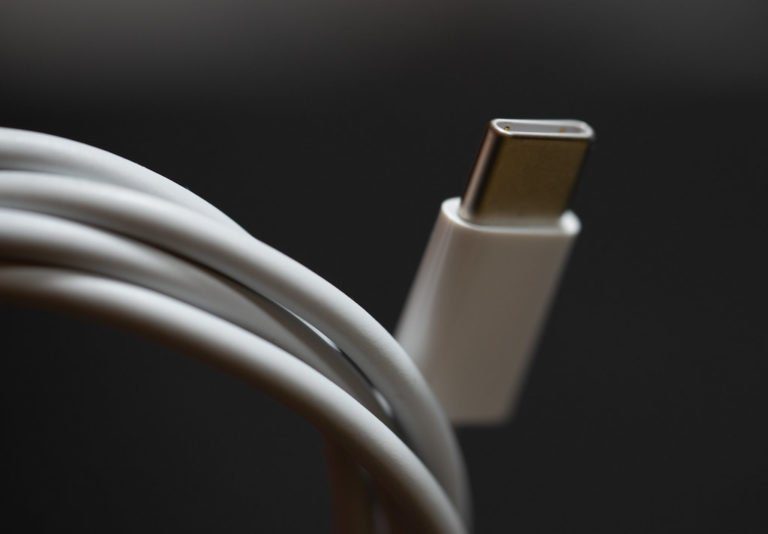Earlier this month, the USB Implementation Forum (The industrial group that helps standardize and implement USB technology) finalized the specs for USB4. This means that it’s just a matter of time before you begin to see USB4 devices rolling out, which are expected in 2020. While a lot of the features already exist today, such as USB PD and Thunderbolt-speeds, USB4 will begin to standardize those features into one type of interface.
Faster Speeds
USB4 supports theoretical speeds of 40Gbps. This quadruples the speed of USB 3.1 Gen 2 (10Gbps) and delivers 8 times the amount of speed delivered by the original USB 3.0 standard. This opens the door for potential innovations such as external video cards, that could potentially make laptops more powerful for media creators or anyone else that typically uses a dedicated video card.
Improved Resource Allocation
USB 3 kicked off the concept of sharing video, power, and data all over a single cable. That’s awesome, but sometimes, if you try to send multiple signal types (power+video for example), you run into a situation where the performance is affected because of USB 3’s limited abilities to manage multiple signals across the bus. USB4 improves upon this by allowing the full bandwidth (40Gbps) to be shared with the bus. For example, if your monitor is using 10Gbps of bandwidth, you have 30Gbps left for the other connections, such as an external hard drive.
Uses USB Type-C
USB4 will use USB Type-C, which you may or may not have seen. It feels like there are already too many (big rectangle, small trapezoid, big “barn-shaped” for printers, etc.), so having “yet another type of USB” would just be frustrating, so it’s a good move going with an existing connector type that’s already somewhat familiar.
One of the common complaints about older USB connectors is that they are directional. Have you ever fiddled trying to plug in a “rectangle” USB device only to need to flip the connector to connect the device? I believe everyone has had that issue with their computers/tablets/smartphone/etc. It seems silly, but this is a much bigger deal than you think if you’re trying to blindly plug in a device to the back of a computer under a desk.
Up to 100 watts of power
It’s nothing new that USB Type-C can deliver more power than a typical USB connector. While older USB 2.0 only supports 0.5A of power at 5V, USB4 supports USB PD, which can theoretically support up to 100 watts of power (20V * 5A). This allows USB4 to replace Laptop/Notebook power connectors and supply more than adequate power for smaller and more efficient laptops. It’s worth mentioning that power-hungry laptops likely wouldn’t see a change over to USB4 power, given the 100-watt limit.
What about my old USB devices and cables?
Anytime a new generation of device interfaces is announced, it’s common to think “Great! Now, I have to buy all new devices or at least new cables!”. This isn’t entirely the case. The USB4 will use USB Type C, which are quickly becoming standard on most new PCs. The ports will also be backward-compatible with USB 3.2, USB 2.0 and Thunderbolt 3, so you’ll be able to use practically any USB Type-C device with USB4. Your cables will also work to their maximum speed, based on the cable’s technology, of course.
If you have any other questions regarding USB or any other type of technology, feel free to give the experts at SandStorm IT a call at 901-475-0275. We’re happy to answer any questions you may have.

